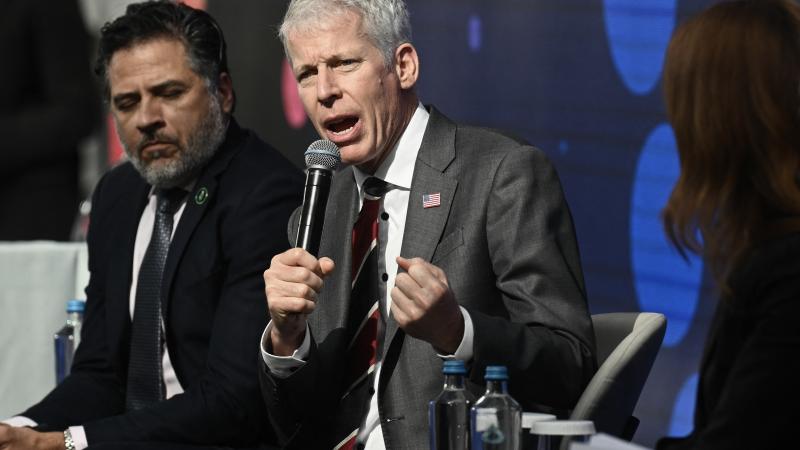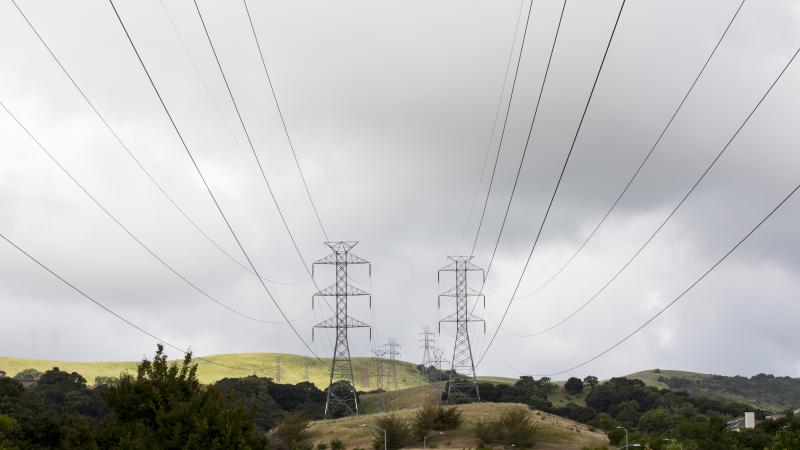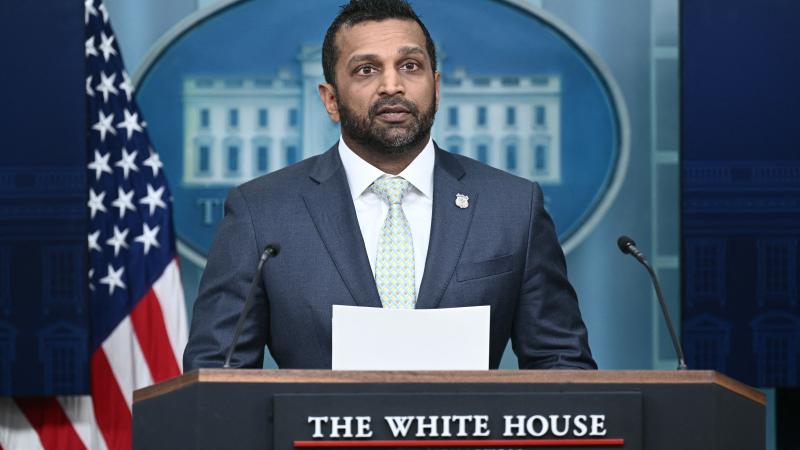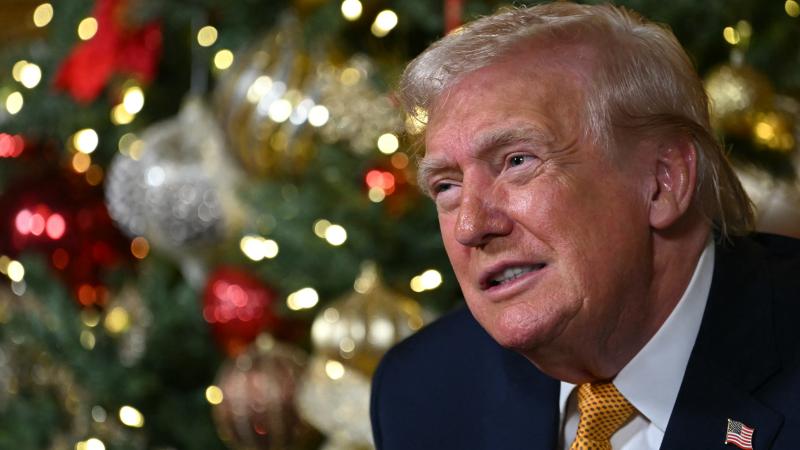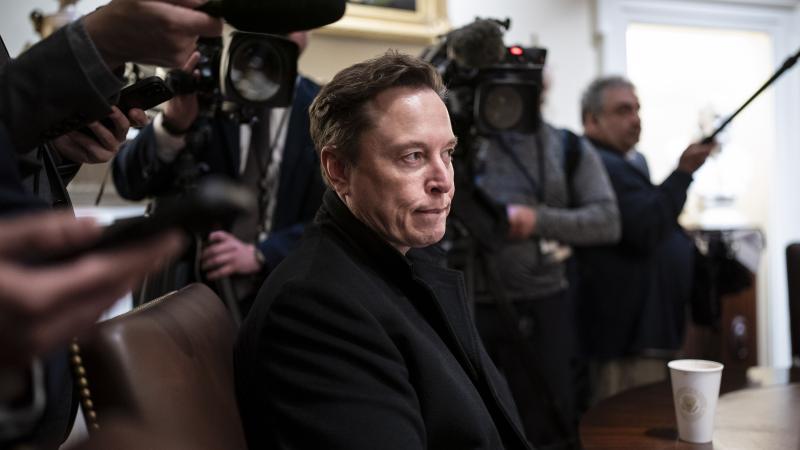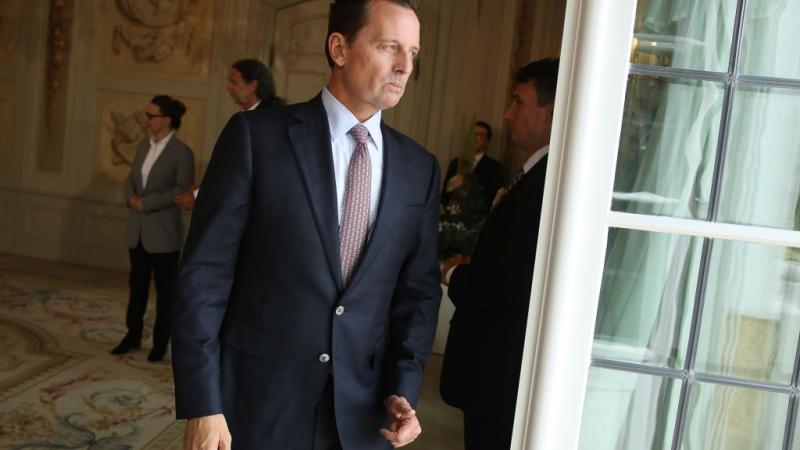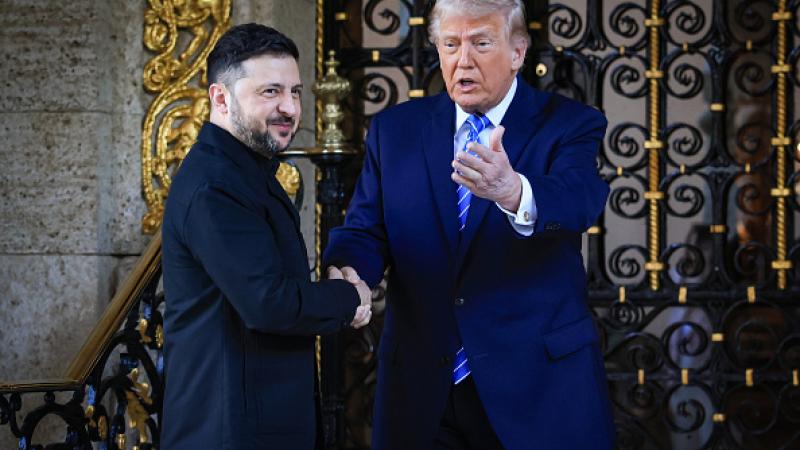Taking control of Greenland strategic mineral riches comes with staggering costs for mining
Between a rock and a cold place: Jack Lifton, executive chairman of the Critical Minerals Institute, said the economics of mining in the U.S. make a lot more sense. The politics make it next to impossible, making offshore mining more realistic.
In an announcement on his nomination of Ken Howery for U.S. Ambassador to the Kingdom of Denmark, President-elect Donald Trump last month stated that he intends for the U.S. to acquire or somehow control Greenland.
“For purposes of National Security and Freedom throughout the World, the United States of America feels that the ownership and control of Greenland is an absolute necessity,” Trump said in the statement.
There are various strategic reasons for U.S. interest in controlling Greenland, but among them is the large deposits of critical minerals, as well as uranium, which China is looking itself to control to add to its extensive control of global mineral supply chains.
"Not in a free trade world"
Jack Lifton, executive chairman of the Critical Minerals Institute, told Just the News that reports of the mining potential in Greenland are wildly exaggerated. The deposit is there, he said, but there’s more to a potential mining project than the existence of minerals at a particular location.
“What people don't understand because they're genuinely economically stupid is that if something costs more to produce than somewhere else you don't do it. Not in a free trade world,” Lifton said.
The economics of mining in the U.S. make a lot more sense, he said, but the politics make it next to impossible.
Greenland’s independence
Greenland is an autonomous territory of the Kingdom of Denmark, and has governed itself since 2009, when Greenland approved the Self-Government Act in a referendum.
Trump was talking about buying Greenland in 2019, and the U.S. has a long history of wanting to have control over the country, going back as far as 1868. In 1946, President Harry Truman offered Denmark $100 million to buy the island.
Based on Greenland’s annual GDP, minus its public sector, The Economist estimated a valuation of $50 billion for the island. That’s assuming the country’s growth continues and that the U.S. federal government would receive 16% of Greenland’s GDP in tax. It also includes a discount using America’s 30-year Treasury yield.
During a press conference Saturday, Greenland Prime Minister Múte Egede said, while he hasn’t been in contact with Trump, he is “ready to talk” to President-elect Donald Trump. “Cooperation is about dialogue. Cooperation means that you will work towards solutions,” Egede said.
When reporters pressed Trump during a Jan. 7 press conference on the possibility of using military force to seize Greenland, he wouldn’t rule it out.
Whatever the case, America is not the only nation eyeing the island’s mineral wealth. The European Union has recognized the problem of China controlling the minerals that are key to Europe’s industry and its theoretical green energy transition. In November 2023, it signed a Memorandum of Understanding for a strategic minerals partnership with Greenland.
Greenland has a strong desire for independence from Denmark, and Bloomberg reports that the renewed interest in the country has given the island’s independence movement some leverage for that effort.
The “Brawl Street Journal” notes that China has been courting influence over Greenland since 2012, when China’s Minister of Land and Resources visited the country, and Chinese authorities have visited Greenland multiple times since.
Citing national security concerns, Denmark passed two laws in July 2021 that banned foreign investments and economic agreements, primarily with Russia and China, and Denmark tried to pressure Greenland to adopt similar laws. The nation refused. “In fact, Greenland might try to play all the interested parties against each other to secure the best possible deal for itself,” the “Brawl Street Journal” speculates.
Whether the U.S. takes control of Greenland, the nation achieves independence, or Denmark maintains the status quo, the nation has 56,000 inhabitants who understandably want any resource development to ultimate benefit the people living there. This will create its own challenges. Rare earth deposits typically contain thorium and uranium, both radioactive elements, and there’s no place to legally store thorium in Greenland.
“The Greenlanders have been against uranium mining from day one, and so that's why it isn't done there,” Lifton, with the Critical Minerals Institute, said.
Infrastructure investment
Lifton said that he’s been hearing about the mineral resource in Greenland for 20 years, but developing that resource requires a lot of infrastructure. That includes the skilled labor force, the electricity generation capacity, highways and railways to ship in chemical reagents and to ship out product. None of that exists in Greenland, and it could take billions to develop it.
There’s a similar situation with rich mineral potential in Quebec, Canada. In 2012, Lifton, along with his colleagues did a study of all the rare earth concentrations outside of China. There were, he said, about 400 such discoveries, and half of them were in Canada. Half the the discoveries in Canada were in Quebec.
“Quebec has never produced any rare earths, even though it has half the known discoveries in Canada. Why is that? There's no infrastructure, no roads, no electric,” he said. To build that infrastructure would take billions of dollars, Lifton said, and the mining output wouldn’t justify the expense.
One of the largest rare earth mines in the world is located in Southern California. The Mountain Pass Rare Earth Mine, about 60 miles southwest of Las Vegas, produced 42,499 metric tons of rare earth oxides in 2022. Total global demand is projected to be over 300,000 tons this year.
Environmentalists aggressively oppose any mining
Unlike Greenland, California has all the roads, railways, workforce and electricity to crank out minerals to meet the U.S. and global demand, Lifton said, but the environmentalists aggressively oppose any mining projects in the U.S., especially in California. The one in Mountain Pass, Lifton said, only exists because it began operations long ago in the 1950s.
“If Mountain Pass had just been discovered last week, it would never have prayer. California is not a mining friendly state, but it's a mining accessible state,” Lifton said.
Congress may take up permitting reform this year, and if successful in reducing the National Environmental Policy Act permitting time down from its current 7 to 10 years, there would still be challenges with environmental “lawfare,” as well as the economic challenges that make mining difficult.
Looking to Greenland as the answer to these problems, Lifton said, is just looking to a different set of problems that offer no real solutions.
“None of this makes any sense,” he said.
The Facts Inside Our Reporter's Notebook
Links
- nomination of Ken Howery
- large deposits of critical minerals
- as well as uranium
- extensive control
- Critical Minerals Institute
- Greenland approved the Self-Government Act
- Greenland in 2019
- going back as far as 1868
- offered Denmark $100 million
- The Economist estimated
- ready to talk
- he wouldn’t rule it out
- Memorandum of Understanding
- Bloomberg reports
- Brawl Street Journal
- multiple times
- Denmark passed
- produced 42,499 metric tons
- projected to be over 300,000 tons
- Mountain Pass
- current 7 to 10 years
- lawfare
- economic challenges


